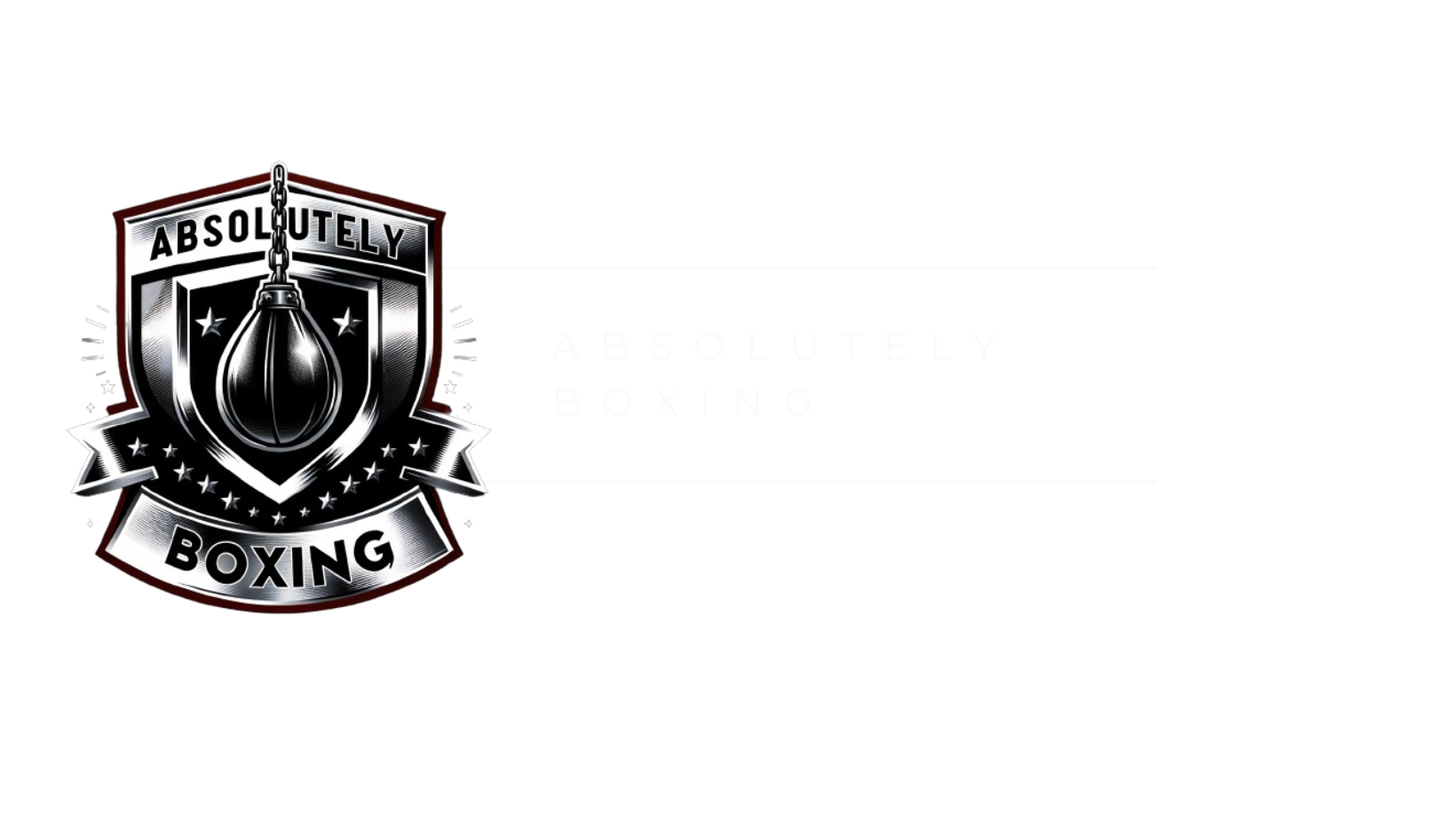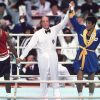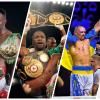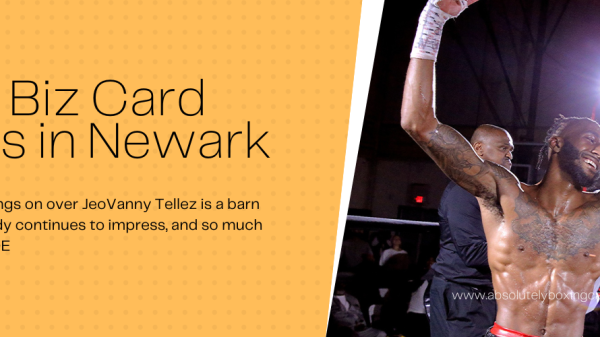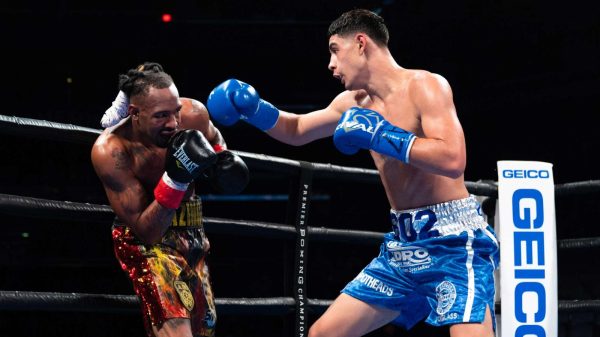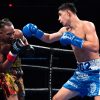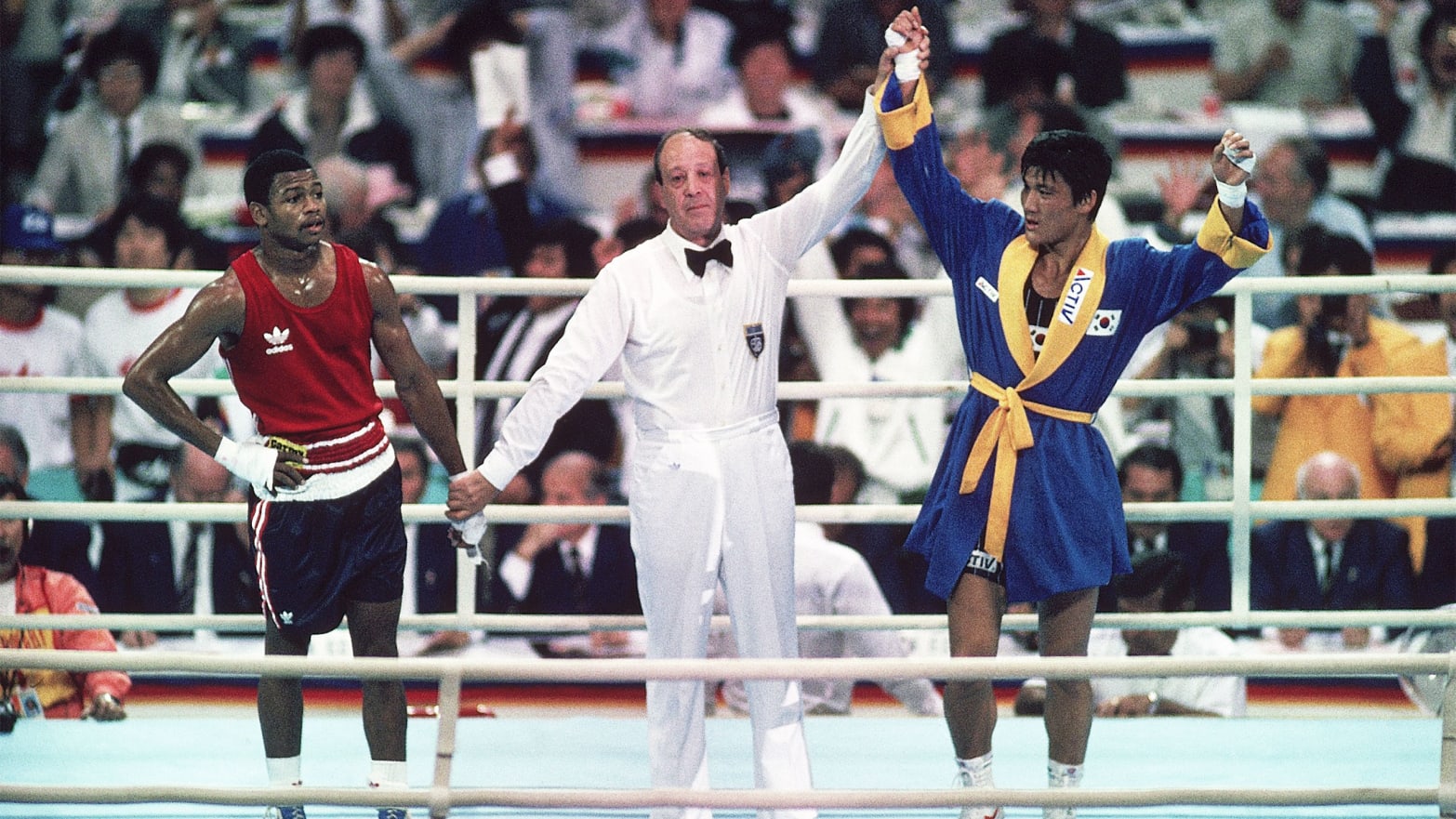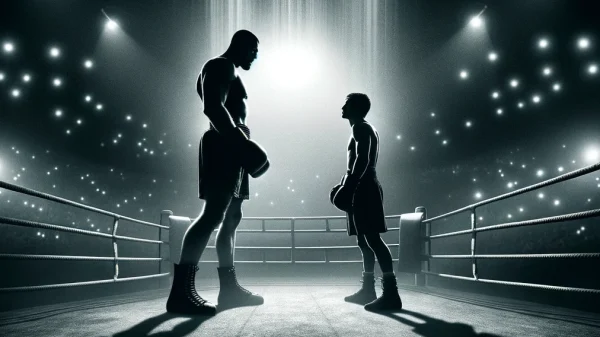The welterweight division in boxing, accommodating fighters up to 147 pounds, stands as one of the sport’s most dynamic and historically rich categories, consistently delivering some of the most compelling narratives and matchups. This division has long been celebrated for its perfect amalgamation of speed, power, and technical prowess, offering a middle ground that showcases the agility and finesse of lighter weight classes alongside a significant measure of the knockout potential found in heavier divisions. Over the years, the welterweight ranks have been a proving ground for many of boxing’s greatest talents, whose legacies have been forged within the 147-pound limit. The division’s allure is partly due to its ability to produce fights that are not only tactically intriguing but also brimming with the potential for dramatic, fight-ending power.
Historically, the welterweight division has been a hotbed for legendary figures whose styles and rivalries have defined eras in boxing. From the technical mastery of Sugar Ray Robinson, whose early career in the welterweight ranks set new standards for boxing excellence, to the likes of Sugar Ray Leonard, whose battles with Roberto Durán, Thomas Hearns, and Wilfred Benítez in the 1980s elevated the division to new heights, the welterweight class has consistently been at the forefront of the sport’s evolution. In more recent times, fighters like Floyd Mayweather Jr. and Manny Pacquiao have carried the welterweight banner, engaging in bouts that have not only drawn global audiences but have also been significant cultural events, transcending the sport of boxing. The division’s appeal is further enhanced by its strategic position, often serving as a crossroads for fighters moving up from lighter divisions seeking new challenges or those from heavier classes aiming to capitalize on their speed advantage, making it a perpetual source of fresh talent and exciting matchups.
Lightning Strikes: The Dawn of the Welterweight Warriors
The welterweight division has woven a rich tapestry through the annals of boxing history since its inception, culminating in a golden era that stretched until the 1980s. Initially formalized in the early 20th century, this division quickly became a crucible for some of the sport’s most skilled and dynamic practitioners, setting the stage for epic narratives that have become folklore in the boxing community. In these formative years, the division saw the rise of iconic figures such as Barbados Joe Walcott and Mickey Walker, whose prowess and ringcraft laid the foundational myths of the welterweight saga. As the decades progressed, the division continued to be a beacon for pugilistic excellence, with Sugar Ray Robinson epitomizing the zenith of boxing artistry in the 1940s and 1950s. Robinson’s transcendental talent, characterized by an unparalleled blend of speed, power, and fluidity, set a high watermark for the division, elevating the welterweight title to one of the most coveted accolades in the sport.
The 1960s and 1970s heralded a new chapter in the welterweight division, marked by the emergence of José Nápoles and the indomitable Carlos Monzón, whose reigns added layers of complexity and drama to the division’s ongoing narrative. However, it was in the late 1970s and 1980s that the welterweight division truly entered its golden era, underscored by the fierce rivalries among the “Four Kings”: Sugar Ray Leonard, Roberto Durán, Thomas Hearns, and Marvin Hagler. This period was characterized by a series of legendary bouts that transcended the sport, capturing the imagination of the public and elevating the profiles of these fighters to unprecedented heights. Leonard’s balletic mobility and tactical acumen, Hearns’s devastating power, Durán’s ferocious intensity, and Hagler’s indomitable will and resilience, combined to create a competitive crucible that showcased the very pinnacle of boxing skill and heart.
This era was not just about the individual champions but also about the compelling narratives that unfolded within the squared circle, reflecting broader societal and cultural shifts of the time. The welterweight bouts of this period were more than mere sporting contests; they were emblematic of the human struggle, embodying themes of triumph, redemption, and the relentless pursuit of greatness. The division’s allure was further magnified by the advent of global broadcasting, which brought these epic encounters to an international audience, embedding the legends of the welterweight division into the global consciousness.
As the 1980s progressed, Sugar Ray Leonard’s transcendent talent and charisma continued to dominate the welterweight scene, with his historic bouts against Durán and Hearns setting a high bar for the drama and skill that defined the division. Leonard’s ability to move across weight classes, coupled with his marketability, played a pivotal role in maintaining the welterweight division’s prominence in the boxing hierarchy during this transitional period. The era also witnessed the rise of Pernell “Sweet Pea” Whitaker, whose defensive mastery and counterpunching acumen brought a new dimension to the welterweight division. Whitaker’s reign as champion, marked by his elusive style and tactical brilliance, highlighted the evolving nature of the sport, where technical skill and strategic acumen became increasingly valued.
Ringside Renaissance: The Welterweight Division’s Dazzling Decade of the ’90s
The 1990s introduced a new generation of welterweight stars, with Oscar De La Hoya, “The Golden Boy,” emerging as a key figure. De La Hoya’s combination of Olympic pedigree, knockout power, and crossover appeal helped propel the welterweight division to new commercial heights. His high-profile bouts against rivals like Julio César Chávez and Pernell Whitaker not only drew massive audiences but also underscored the division’s ability to produce compelling narratives and star athletes who transcended the sport.
This period also saw the emergence of Félix Trinidad, a fighter known for his devastating punching power and iron will. Trinidad’s explosive bouts, particularly his epic showdown with De La Hoya in 1999, added to the lore of the welterweight division, creating a legacy of thrilling encounters that blended technical skill with raw power.
The Mayweather Era and the Mastery of the Welterweight Crown
The Floyd Mayweather era in the welterweight division, spanning from the early 2000s to his retirement in 2017, represents a significant chapter in boxing’s storied history, marked by unparalleled skill, strategic mastery, and a profound impact on the sport’s cultural and commercial landscape. Mayweather’s ascent to the pinnacle of the welterweight division and his sustained dominance over more than a decade not only solidified his legacy as one of the greatest boxers of all time but also redefined the parameters of success within the sport.
Mayweather’s journey in the welterweight division was characterized by his exceptional defensive prowess, often described as a “shoulder roll” defense, and an uncanny ability to read and adapt to his opponents’ strategies in real-time. His precision, speed, and tactical acumen allowed him to dictate the pace of his fights, outclassing formidable opponents while rarely putting himself at risk. This defensive mastery, combined with a sharp and accurate counterpunching style, became Mayweather’s hallmark, distinguishing him in a division historically known for its balance of speed and power.
The era was punctuated by a series of high-profile bouts that not only showcased Mayweather’s skill set but also his savvy as a promoter and businessman. His fights against Oscar De La Hoya in 2007 and Manny Pacquiao in 2015 shattered pay-per-view records, reflecting Mayweather’s ability to transcend the sport and capture the global imagination. The build-up to these encounters, marked by Mayweather’s brash and polarizing persona, played a significant role in elevating the welterweight division to unprecedented commercial heights, making each Mayweather fight a cultural event.
Moreover, Mayweather’s era was marked by strategic career management, a facet that became as integral to his legacy as his performances in the ring. Carefully selecting opponents and timing bouts to maximize both competitive advantage and financial gain, Mayweather exemplified a new model of athlete entrepreneurship within boxing. This approach, often critiqued by purists for prioritizing business over sport, nonetheless redefined the career trajectory of a modern boxer and influenced subsequent generations of fighters.
Beyond the ring, Mayweather’s impact on the welterweight division extended to his contributions to the sport’s narrative and appeal. His undefeated record, culminating in a 50-0 career tally, became a central storyline within boxing, challenging future champions to match his blend of skill, intelligence, and marketability. Mayweather’s ability to engage with and leverage media, particularly in the burgeoning digital age, further amplified his influence, making him a central figure in discussions about the sport’s direction and its adaptation to new forms of consumption and fan engagement.
The Mayweather era also reflected broader shifts within the sport, including the globalization of boxing, the evolution of training and nutrition, and the increasing emphasis on fighter health and longevity. Mayweather’s meticulous attention to these aspects of his career, from pioneering new training regimens to his vocal advocacy for fighter safety and financial literacy, underscored a holistic approach to boxing that extended beyond physical prowess.
The Welterweight Division’s Clash of Titans in the 2010s
The welterweight division, historically one of boxing’s most competitive and star-studded weight classes, experienced a particularly vibrant and transformative period through the 2010s. This decade was characterized by a mix of established champions solidifying their legacies and emerging talents staking their claim, all against the backdrop of a rapidly evolving sports landscape. Central to the narrative of the 2010s was the continued dominance of Floyd Mayweather Jr., whose tactical genius, defensive prowess, and marketability had already made him a defining figure of the division. Mayweather’s bouts during this period, including the highly anticipated and record-shattering matchup against Manny Pacquiao in 2015, not only underscored his skill and strategic acumen but also his ability to captivate the global sporting audience, drawing attention to the welterweight division like never before.
Simultaneously, Manny Pacquiao’s enduring presence in the division added to its allure. The Filipino icon, known for his aggressive style, speed, and power, continued to engage in high-profile fights, contributing to the division’s narrative of excellence and resilience. His battles, including those against Timothy Bradley and Juan Manuel Márquez, were not just boxing matches but cultural events that highlighted the welterweight division’s global appeal and the sport’s capacity to inspire and entertain.
The era also witnessed the rise of new stars, adding fresh narratives to the division’s rich history. Fighters like Keith Thurman, Shawn Porter, and Errol Spence Jr. emerged as formidable forces, each bringing their unique style and charisma to the ring. Their encounters, marked by skill, determination, and a hunger for greatness, rejuvenated the division, ensuring a competitive landscape filled with potential legacy-defining matchups.
Moreover, the 2010s in the welterweight division reflected broader trends within boxing and sports in general. The rise of digital and social media platforms transformed how fights were promoted and consumed, allowing fans unprecedented access to their favorite fighters and creating a more interactive and engaging sporting experience. This digital evolution, coupled with the globalization of the sport, ensured that welterweight bouts reached a wider audience, further elevating the division’s profile.
The Rise of the Next Welterweight Champions
The current state of the welterweight division in boxing is a vibrant testament to the sport’s enduring appeal, marked by a rich blend of emerging talents, established veterans, and compelling narratives that continue to captivate fans worldwide. Today, the division is characterized by an exceptional depth of talent, with several fighters vying for supremacy and the opportunity to etch their names alongside the legendary figures who have defined this weight class through the years.
Central to the contemporary welterweight landscape is the presence of standout champions and contenders who bring a diverse array of styles, backgrounds, and ambitions to the ring. Fighters like Errol Spence Jr. and Terence Crawford stand at the forefront, each having carved out a path of dominance with their skill, resilience, and strategic acumen. Spence Jr., known for his punishing body attack and technical prowess, has consistently proven himself against top-tier opposition, solidifying his status as a key figure in the division. Crawford, on the other hand, brings unparalleled versatility and adaptability, with a record that speaks to his ability to dismantle opponents with precision and creativity.
The division is also home to a competitive roster of fighters eager to challenge the status quo, including the likes of Shawn Porter, Keith Thurman, and Danny García. Each has held championship gold and remains within arm’s reach of reclaiming their spot at the top, ensuring a dynamic and unpredictable competitive landscape. Their high-profile clashes, often marked by tactical chess matches and explosive exchanges, underscore the division’s reputation for producing some of boxing’s most thrilling encounters.
Moreover, the welterweight division is witnessing the rise of promising talents who are beginning to make their mark and challenge the established hierarchy. Fighters such as Jaron “Boots” Ennis and Vergil Ortiz Jr. have emerged as potential future stars, bringing with them a fresh wave of excitement and anticipation. Their ascent represents the division’s continual renewal, with each generation pushing the boundaries of the sport and contributing to its evolution.
The welterweight division’s current state is a dynamic mix of seasoned champions, hungry contenders, and rising stars, all competing in one of boxing’s most historically significant and competitive weight classes. The division continues to be a focal point for some of the sport’s most compelling narratives and matchups, promising to deliver drama, excitement, and unforgettable moments for boxing fans around the world. As the division moves forward, it carries with it the legacy of the past while embracing the potential of the future, ensuring its place at the heart of professional boxing.

